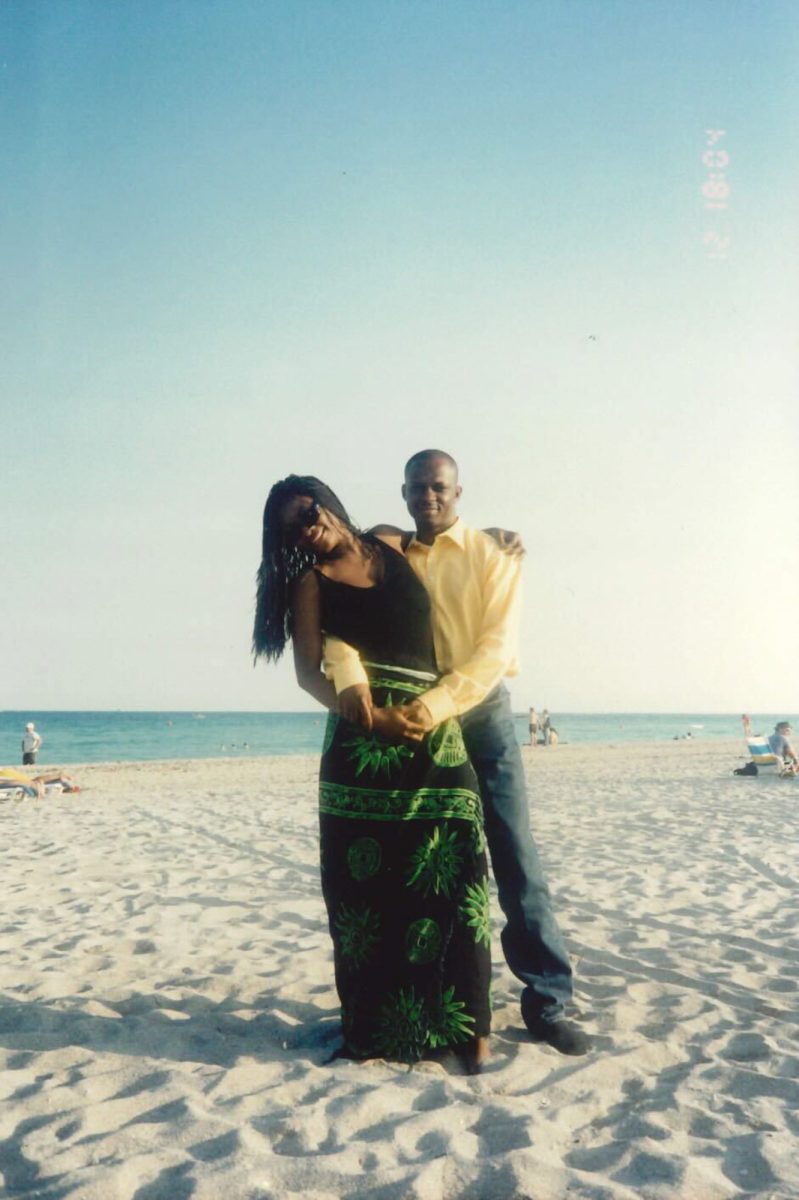In the summer of 2021, my 1995 Subaru and I were winding our way through the American south, with New Orleans as the final destination. I had long anticipated visiting New Orleans because of its storied history of live musicians, yet surprisingly, there was another town I visited that summer which was even more alive with street performers and working artists.
About halfway between Charlotte and Nashville, in the cradle of the Cherokee National Forest, lies Asheville, North Carolina, a small city of just under 100,000. Walking through Asheville’s charming hilly downtown, you are always within earshot of a raspy folk singer or a silky jazz solo. The French Broad River, a few blocks to the south, hosts the River Arts District, where visual arts enthusiasts can find dozens of galleries, studios and theaters.
This sun-kissed city on the edge of the Blue Ridge Mountains is home to a plethora of artists and for good reason. In the increasingly urbanized nation we live in, finding affordable accommodations as an independent artist is harder than ever. Gentrification has left neighborhoods previously teeming with life painted over in a wash of luxuriously lifeless modernity. As newer developments price artists out of bigger cities like New Orleans, how can we learn to build communities that support artists the way Asheville does?
While just about every city has grant funding set aside for local artists, creative investment in Asheville has a uniquely comprehensive vision. Priorities are set to address economic disparities and provide opportunities for social mobility.
Youth-centric art programming and minority-owned business grants ensure that citizens grow up appreciating art as the foundation of community, and that they are afforded the opportunity to reap the financial benefits of their creation.
Taking a step further than simple affordable housing, Asheville began their “purpose built community” neighborhood development initiative in 2018. Plans involve green-space, mixed-income housing and strong amenities for a healthy community.

The active role that the city plays in conscious community investment pays off massively – in 2019, the total economic impact of creative industries in the Asheville area was 14,000 jobs and $1.6 billion in revenue. For perspective, Chicago, a city almost 30 times the size of Asheville, has an arts industry estimated at $2.25 billion, only about 40% higher.
Throughout the year, Asheville’s numerous weekly, monthly and annual festivals generate high foot traffic for emerging artists to find an audience. You’ve probably heard a song or two by an Asheville musician, or at the very least felt their influence.
The first synthesizer was invented here, and up-and-coming indie rock stars like Angel Olsen and Indigo De Souza call this place home. With purposeful investment in equitable neighborhoods, social diversity and youth programming, Asheville has built the recipe for a flourishing city of artists that other U.S. cities can learn from.
When I think about the days I spent in Asheville, I remember feeling like the city itself was encouraging me to go exploring. Many American suburbs and urban centers are cluttered with vacant strip malls and parking lots, and the new, cookie-cutter mid-rise apartment buildings are just as uninviting. In Asheville, every window of its winding downtown has something new to offer – it speaks to that part of your inner child who says, “I just want to get lost somewhere today.”
On my last afternoon in the city, the friend I was traveling with purchased a hand-pressed shirt at an open market. We had wandered across town, and were just about to enter a bookstore, when we stumbled into the very woman who designed my friend’s new shirt! These pleasantly spontaneous interactions are only possible in a place like Asheville, but with a bit of work, it can be common across the country.






















































































































